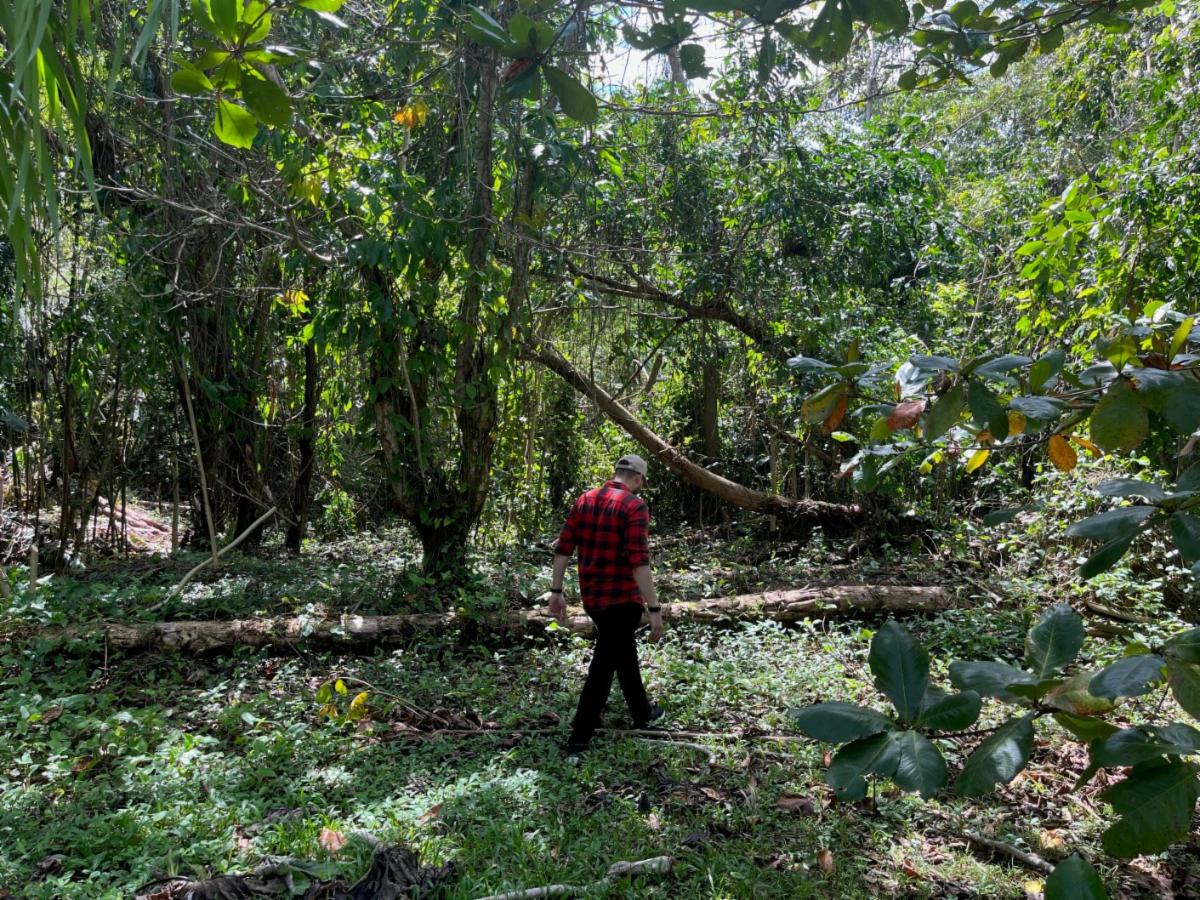| By Sandia National Laboratories As the world shifts towards using more sustainable energy alternatives, distributed wind can become a key player, supporting electricity generation in communities. Distributed wind systems, coupled with solar and energy storage, have the potential to significantly enhance the renewable energy mix. These solar and wind hybrid microgrids have the potential to promote energy independence, environmental consciousness and increase community resilience. Hybrid microgrids can empower communities by providing a resilient and sustainable energy solution that can operate independently from the main grid during instances when grid power is not readily available. By combining wind, solar and energy storage technologies, hybrid microgrids enable communities to generate electricity on-site. The Wind Hybrid Integration Platform (WHIP) is a three-year Department of Energy project funded through the Wind Energy Technology Office that started last October. This project is led by Dr. Rachid Darbali-Zamora of the Renewable Energy and Distributed Systems Integration program at Sandia National Laboratories. The objective of the project is primarily to design and develop a Distributed Energy Resource Management System (DERMS), considering wind, solar and energy storage assets. The main research is to identify advantages that distributed wind can provide that have not been looked at. The locations we are evaluating are in Puerto Rico, Alaska and Texas. Using Sandia National Laboratories’ Power Hardware-in-the-Loop platform at the Distributed Energy Technology Laboratory, we plan on testing these controls with actual wind turbine power converters. Remote villages in Alaska, such as St. Mary’s and Kotzebue, are examples of communities that have tapped into the power of distributed wind. These Alaskan communities face unique energy challenges, often relying on expensive diesel generators. However, distributed wind systems are transforming the energy landscape, harnessing the region’s abundant wind resources. The integration of solar and energy storage with these wind systems provides a stable and reliable renewable energy power supply, reducing the dependency on costly and carbon-intensive diesel. These hybrid microgrids offer Alaskan communities a sustainable solution, ensuring continuous access to electricity. In a similar manner, Puerto Rico, an island still recovering from the devastation caused by Hurricane Maria in 2017, could benefit from distributed wind. The island’s vulnerable centralized power grid suffered extensive damage during the hurricane, leaving many communities without electricity for months. In response, Puerto Rico has embraced the implementation of renewable energy, like solar. By integrating distributed wind with solar and energy storage, some communities can fortify its energy infrastructure, enhancing resilience and reducing dependence on fossil fuels. Distributed wind power, together with solar and energy storage, can ensure a more resilient and sustainable power supply. The journey towards a sustainable future requires collaborative efforts and innovative solutions. Distributed wind power, in combination with solar and energy storage, has the ability to empower communities, enabling them to forge a path toward energy independence, environmental sustainability and enhanced resilience. As the renewable energy technology continues to evolve, the potential of distributed wind power combined with solar and energy storage remains a promising solution, ensuring a brighter and cleaner future. |

